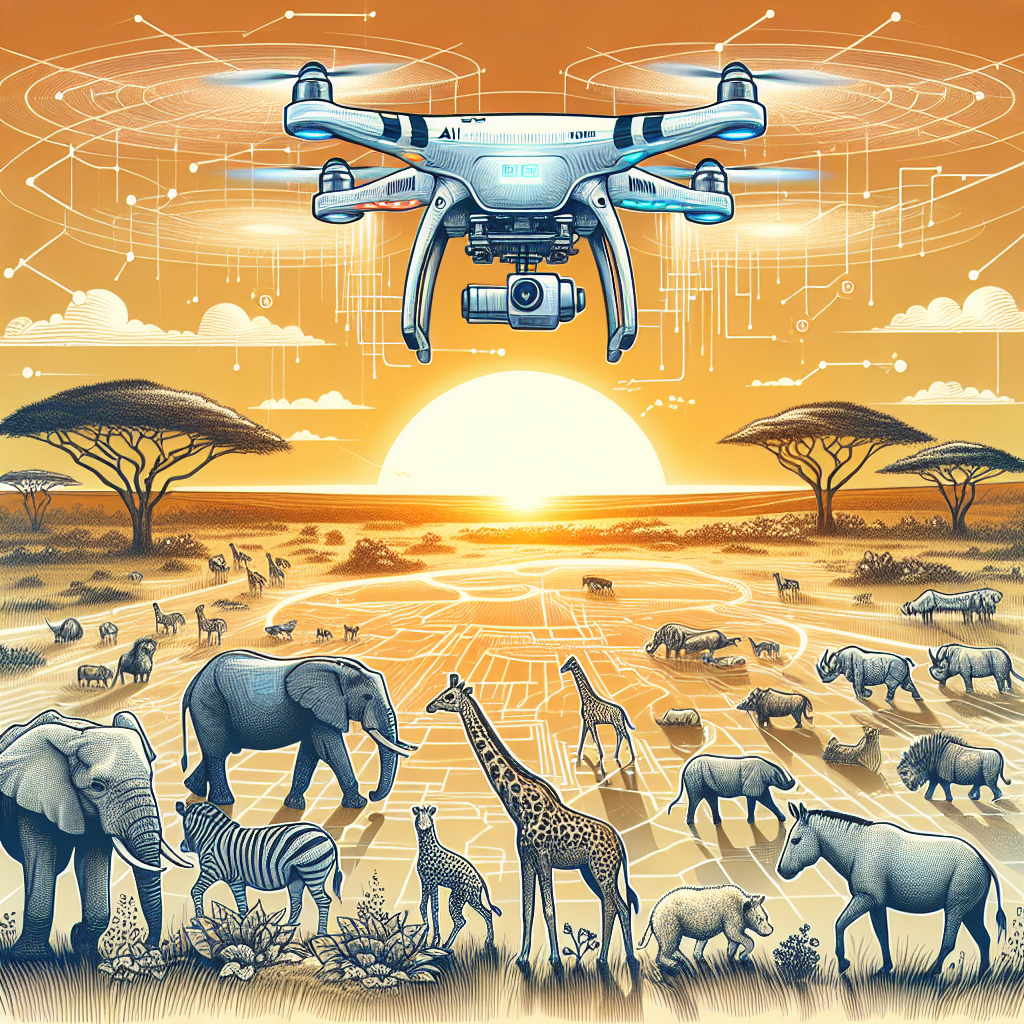Artificial intelligence (AI) is revolutionizing various industries, and wildlife conservation is no exception. With the increasing threats to our planet’s biodiversity, AI software is playing a crucial role in helping conservationists monitor, protect, and preserve endangered species and their habitats. From tracking animals and analyzing data to predicting and preventing poaching, AI technology is proving to be a powerful tool in the fight to save our planet’s wildlife.
One of the key benefits of using AI software in wildlife conservation is its ability to track and monitor wildlife populations. Traditional methods of tracking animals, such as radio collars and camera traps, can be time-consuming and labor-intensive. AI software, on the other hand, can analyze vast amounts of data from various sources, such as satellite imagery, drones, and acoustic sensors, to track the movements and behaviors of animals in real-time. This information can help conservationists better understand the needs and habits of wildlife populations, allowing them to make more informed decisions about how to protect them.
AI software can also help conservationists analyze data more quickly and accurately than ever before. By using machine learning algorithms, AI software can sift through massive amounts of data to identify patterns and trends that would be difficult, if not impossible, for humans to detect. This can help conservationists identify areas of high poaching activity, track the spread of diseases, and monitor the health of wildlife populations. By using AI software to analyze data, conservationists can make more informed decisions about how to allocate resources and prioritize conservation efforts.
Another benefit of using AI software in wildlife conservation is its ability to predict and prevent poaching. Poaching is a major threat to many endangered species, and conservationists are constantly looking for ways to stop it. AI software can help by analyzing data from various sources, such as camera traps and satellite imagery, to identify patterns of poaching activity. By using machine learning algorithms to predict where poaching is likely to occur, conservationists can deploy resources more effectively to prevent it. This can help protect endangered species and ensure their survival for future generations.
In addition to tracking and monitoring wildlife populations, analyzing data, and preventing poaching, AI software can also help conservationists manage and protect habitats. By using AI technology to study the impact of human activities on ecosystems, conservationists can better understand how to mitigate the effects of deforestation, climate change, and other threats to biodiversity. By using AI software to analyze data on habitat loss, degradation, and fragmentation, conservationists can identify areas that are in need of protection and develop strategies to restore and preserve them.
Overall, the benefits of using AI software in wildlife conservation are vast. By helping conservationists track and monitor wildlife populations, analyze data, predict and prevent poaching, and manage habitats, AI technology is playing a crucial role in the fight to save our planet’s biodiversity. As the threats to wildlife continue to grow, AI software will be increasingly important in helping conservationists protect and preserve endangered species and their habitats.
FAQs:
Q: How does AI software help conservationists track and monitor wildlife populations?
A: AI software can analyze data from various sources, such as satellite imagery, drones, and acoustic sensors, to track the movements and behaviors of animals in real-time. This information can help conservationists better understand the needs and habits of wildlife populations.
Q: How does AI software help conservationists analyze data more quickly and accurately?
A: By using machine learning algorithms, AI software can sift through massive amounts of data to identify patterns and trends that would be difficult for humans to detect. This can help conservationists make more informed decisions about how to protect wildlife populations.
Q: How does AI software help predict and prevent poaching?
A: AI software can analyze data from various sources, such as camera traps and satellite imagery, to identify patterns of poaching activity. By using machine learning algorithms to predict where poaching is likely to occur, conservationists can deploy resources more effectively to prevent it.
Q: How does AI software help manage and protect habitats?
A: By using AI technology to study the impact of human activities on ecosystems, conservationists can better understand how to mitigate the effects of deforestation, climate change, and other threats to biodiversity. AI software can help analyze data on habitat loss, degradation, and fragmentation to identify areas in need of protection and develop strategies to restore and preserve them.

